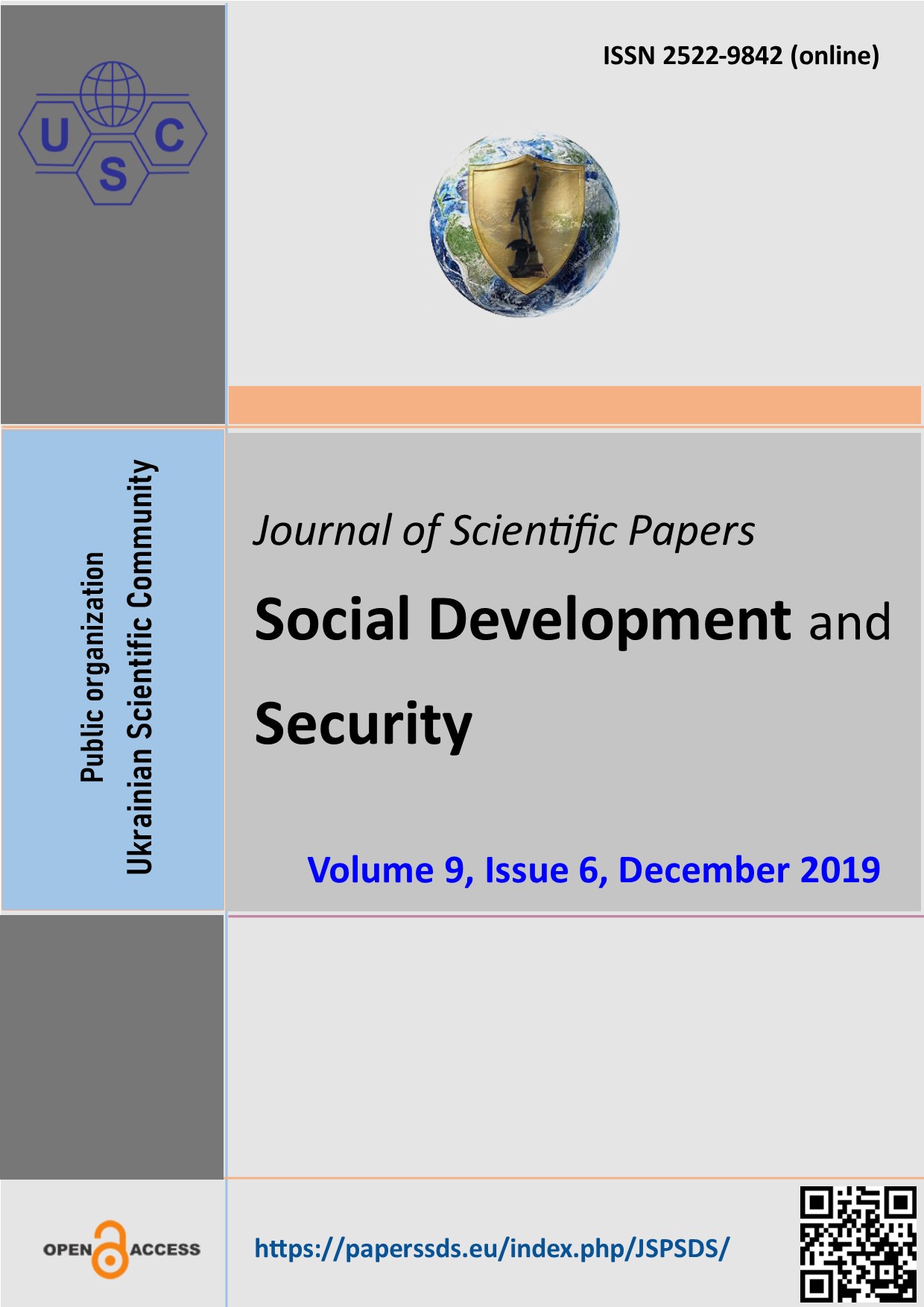Application of diffusion-non-monoton distribution to model the radio-electronic equipment operation process
Abstract
The emergence of reliability as an applied mathematical discipline is associated with the 50-60 years of the last century, when large and complex technical systems began to be created in various branches of technology. In this regard, an acute reliability problem arose, that is, ensuring the functioning and operability of these complex and expensive systems. The whole variety of reliability studies is aimed at solving the following three problems: assessment and prediction of product reliability at the design stages (a priori methods); experimental evaluation of reliability indicators, that is, confirmation of the projected level of reliability according to the results of tests or operation (posterior methods); taking measures to achieve and ensure a given level of reliability by optimizing the maintenance strategy, redundancy, spare parts, etc. (optimization problems) The traditional has developed a certain division in the areas of theory and practice of reliability of machines (mechanical objects, technical systems containing mechanical components) and equipment (electronic products, technical devices containing electronic and radio elements). The main tasks of reliability of machines and equipment - the establishment of patterns of failure and the assessment of quantitative indicators of reliability - can be solved in two different ways. To date, the direction based on the use of only probabilistic concepts (purely probabilistic theory) has received the greatest development in the theory and practice of reliability. The second way to establish quantitative indicators of reliability, in contrast to a purely probabilistic approach, is based on the study of mechano-physico-chemical properties and some physical parameters of products characterizing the technical condition of the latter using probabilistic methods. The methodology for establishing quantitative reliability indicators based on the study of certain physical parameters characterizing the technical condition of products consists in identifying the kinetic laws of degradation processes (building mathematical models of degradation processes) and determining the analytical relationship between these laws and reliability indicators. The article discusses the use of diffusion-nonmonotonic distribution for modeling the process of operation of electronic equipment. Particular attention is paid to the determination of point estimates of distribution parameters based on the results of operational observations.
Downloads
References
DSTU 3433-96 Modeli vidmov Osnovni polozhennya. Available from: http://document.ua/nadiinosti-stu0000047.html [in Ukraine].
DSTU 3942-2000. Nadiynistʹ tekhniky. Plany vyprobuvanʹ dlya kontrolyu serednʹoho narobitku do vidmovy (na vidmovu). Chastyna 2. Dyfuziynyy rozpodil. Available from: http://document.ua/nadiinosti-stu0000047.html [in Ukraine].
Strelnykov V.P.,Fedukhyn A.B. Otsenka y prohnozyrovanye nadezhnosty élektronnykh élementov y system. Kyiv: Lohos, 2002. 486 s. [in Ukraine].
Strelnykov V. P. Otsenka resursa yzdelyy élektronnoy tekhnyky. Matematychni mashyny i systemy. 2004 №2. C. 186-195. [in Ukraine].
Myrnenko V. Y. Zavysymost pokazateley nadëzhnosty élektronnykh yzdelyy ot vremeny dlya dyffuzyonno-nemonotonnoho raspredelenyya otkazov/ Myrnenko V.Y., Yablonskyy P.M., Pustovoy S.A, Butenko N.F//. Oraldyn Fylym Zharsysy ZHSHS ”Uralnauchknyha” 2014. №41. (120), S.29-36
RD 50-690-89. Metody otsenky pokazateley nadezhnosty po éksperymentalnym dannym. [in Ukraine].
DSTU 2862-94. Nadiynist tekhniky. Metody rozrakhunkiv pokaznykiv nadiynosti. Zahalni vymohy. 1996. 39 s. Available from: http://document.ua/nadiinosti-stu0000047.html [in Ukraine].
DSTU 3004-95. Nadiynistʹ tekhniky. Metody otsinky pokaznykiv nadiynosti za eksperymentalnym danymy. Available from: http://document.ua/nadiinosti-stu0000047.html [in Ukraine].
Abstract views: 421 PDF Downloads: 225
Copyright (c) 2019 Volodymyr Mirnenko, Petro Yablonsky, Sergii Kitik

This work is licensed under a Creative Commons Attribution 4.0 International License.
The authors agree with the following conditions:
1. Authors retain copyright and grant the journal right of first publication (Download agreement) with the work simultaneously licensed under a Creative Commons Attribution License that allows others to share the work with an acknowledgment of the work's authorship and initial publication in this journal.
2. Authors have the right to complete individual additional agreements for the non-exclusive spreading of the journal’s published version of the work (for example, to post work in the electronic repository of the institution or to publish it as part of a monograph), with the reference to the first publication of the work in this journal.
3. Journal’s politics allows and encourages the placement on the Internet (for example, in the repositories of institutions, personal websites, SSRN, ResearchGate, MPRA, SSOAR, etc.) manuscript of the work by the authors, before and during the process of viewing it by this journal, because it can lead to a productive research discussion and positively affect the efficiency and dynamics of citing the published work (see The Effect of Open Access).
















